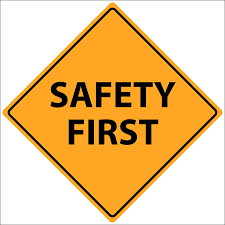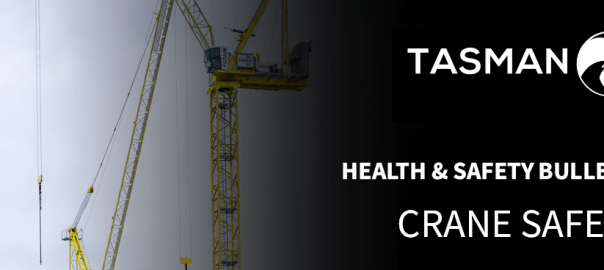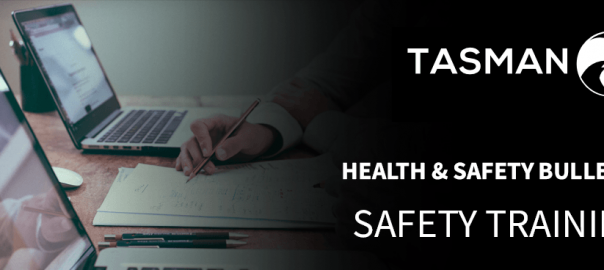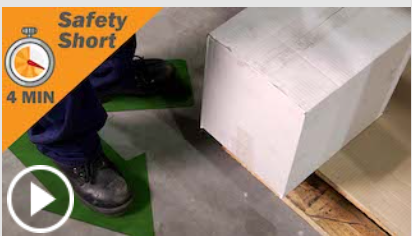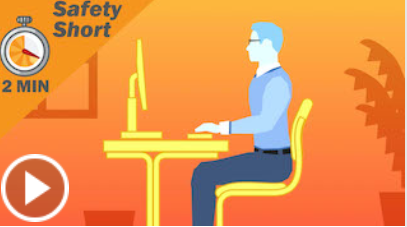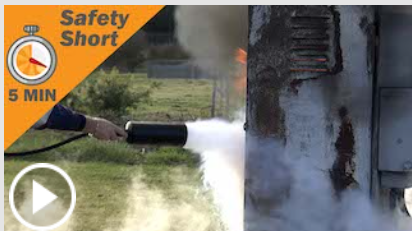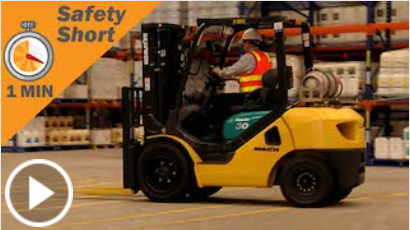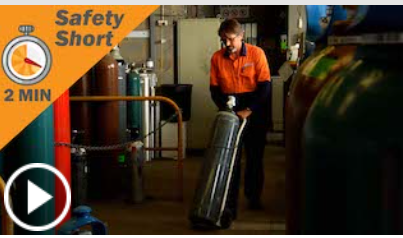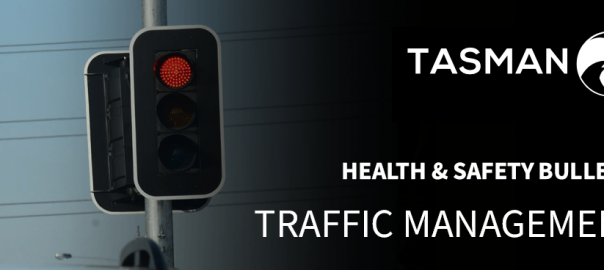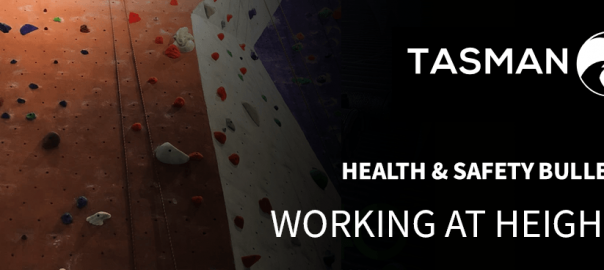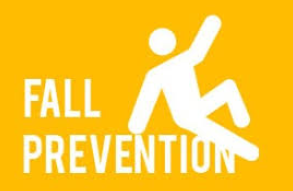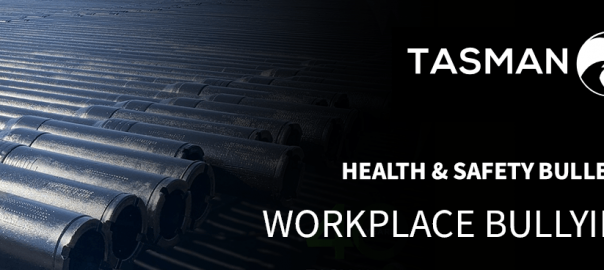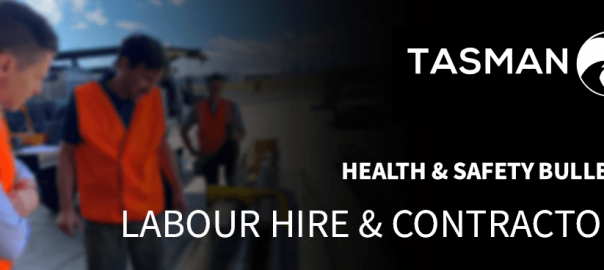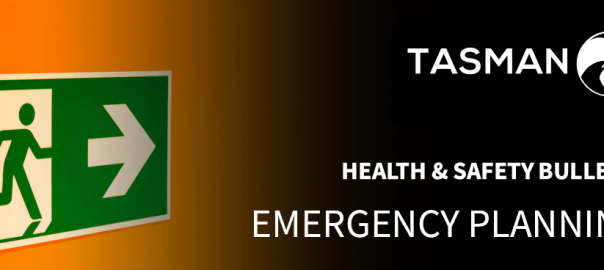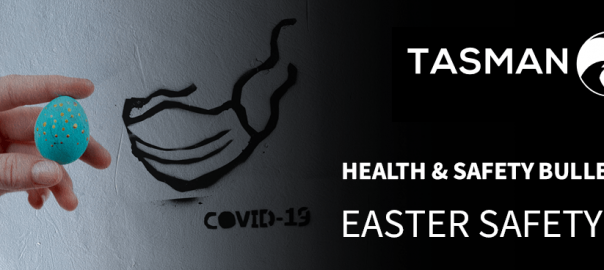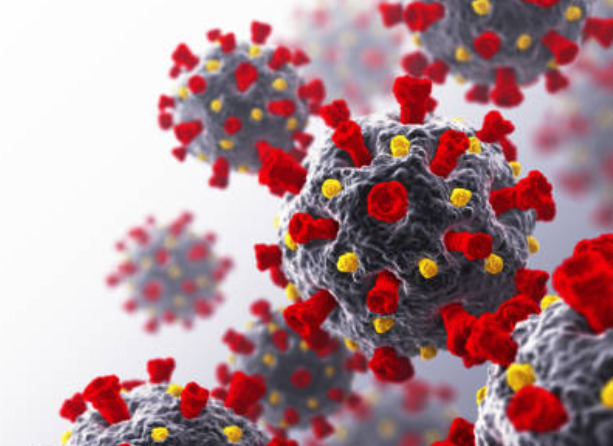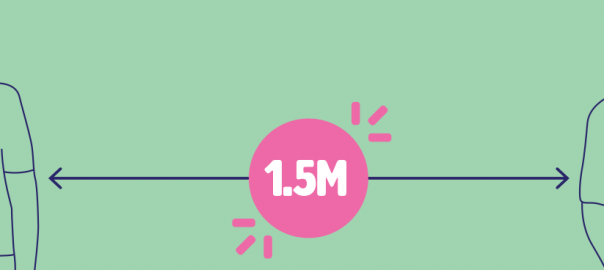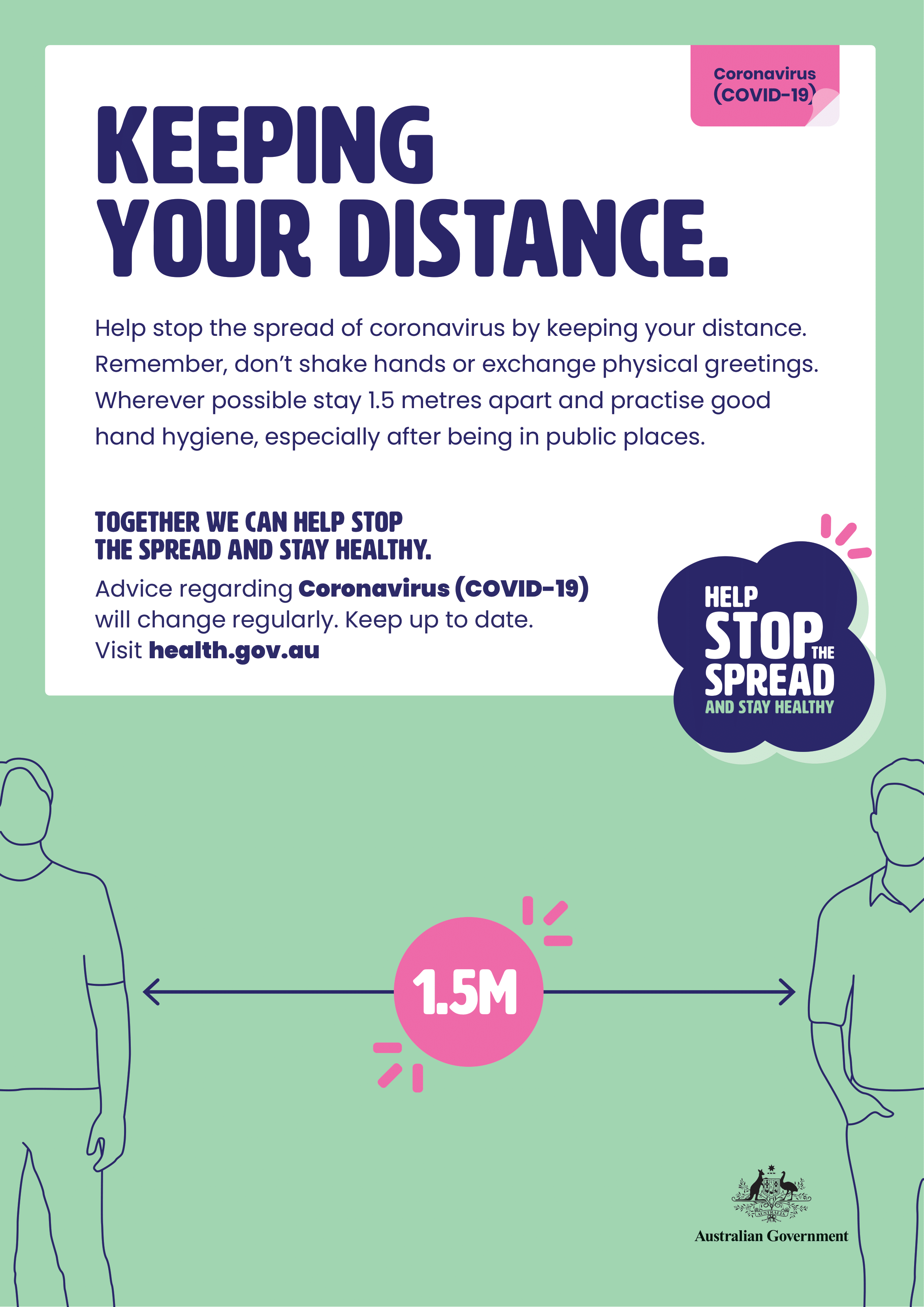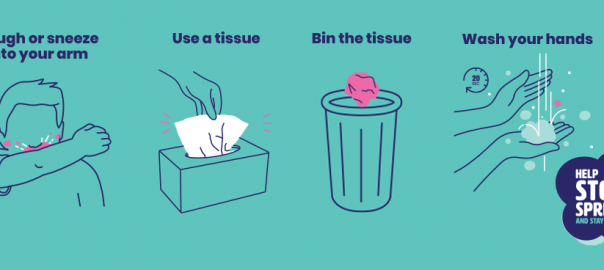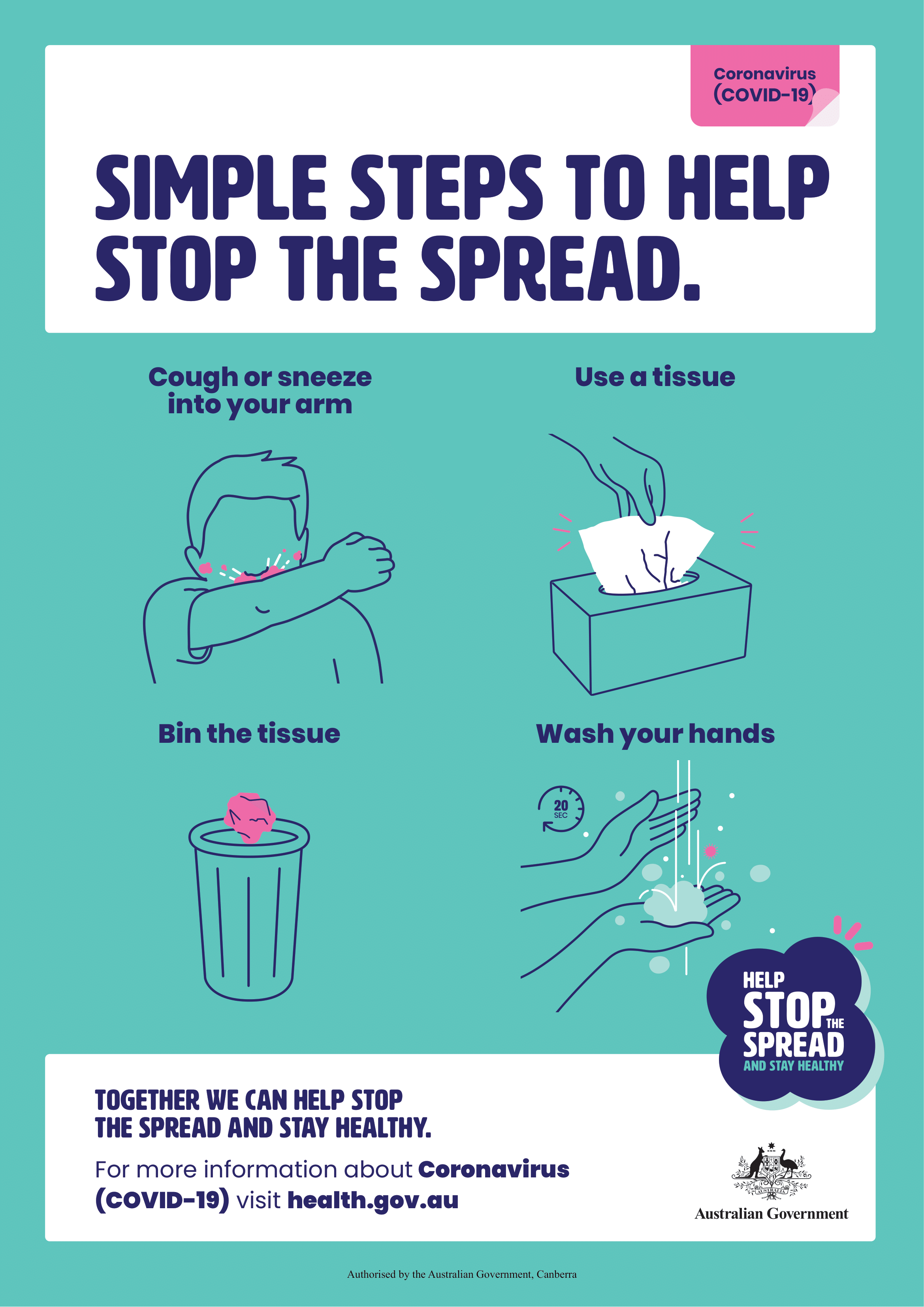Operating cranes is complex and dangerous and workers must have the necessary skills and capabilities to do it safely.
CRANE DEFINITION:
A crane is an item if plant used to raise or lower a load and move it horizontally. There are a range of fixed and mobile cranes ranging from tower, bridge, gantry, portal boom, slewing, vehicle loading, etc.
WHS DUTIES:
Everyone in the workplace has a WHS duty when it comes to operating cranes. A range of people have specific responsibilities for cranes including: crane designer, manufacturer and supplier; crane owner and others with management or control of the crane where a crane will operate and competent person who inspects cranes and the crane operator.
Managing the Risk Associated with cranes
Cranes if not operated correctly can posed dangers to the users, therefore it is important to manage the risks by following the process below:
- Identify hazards
- Assessing the risks necessary
- Controlling the risks
- Review control measures to ensure they are working as planned.
Identify hazards
When it comes to cranes, it is important to identify the potential hazards.
- Know whether the crane is working in the facility
- Perform the necessary maintenance, sinpection and repair to the crane.
- Review the inspection, test and maintenance records of the crane.
Assess the risk
People who work with or near cranes are at most risk, some of the risks when using a crane include.
- Structural failure, overturning, or collapse of the crane
- Contact or collision or the crane and its load with people of other plant and structures
- Falling objects.
Control the risk
Examples of controlling risks on the use of the crane includes; isolating the hazard from the people, use of engineering controls, use administrative controls, use PPE.
Inspection and Pre-use Safety Checks
Before a crane is used, inspections and specific adjustments must be carried out to make sure that the crane can be used effectively must be followed at all times and this includes:
- Workplace factors including identification of load bearing capacity and wet windy conditions of the area.
- Limit switches and load indicating switches are functioning
- Safe entry and exit into the crane
Inspection and maintenance on the crane needs to be done in accordance with the manufacturer’s instructions.
